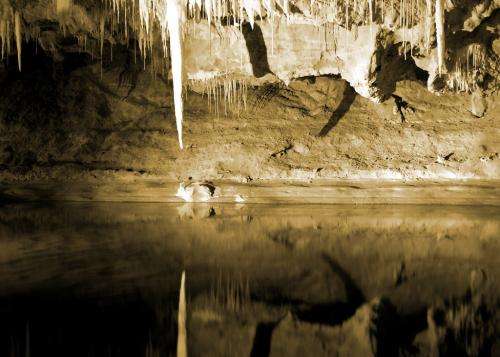Stalactites, tree rings considered for climate clues

A local water expert says more work needs to be done to understand the state's past atmospheric conditions to determine how climate change will affect water resources.
Retired hydrogeologist Philip Commander says he has long argued for more research on past climate, as a way of understanding what to expect in the future, and to give a better appreciation of the environment.
"We need to do a lot more work on tree rings and speleothems, caves, stalactites, looking at past climate," Associate Professor Commander says.
"For instance, the forests that we now have in the south-west grew to maturity during a wet period, so we can't expect them to be the same in the drier conditions we are now experiencing."
By looking at the width of tree rings, it is possible to determine the amount of rainfall a place has had during a year's time.
However, A/Prof Commander says WA has very few trees that can be analysed in this way.
He says other methods like analysing stalactites are an area of interest.
"One of the other methods, which is new and ongoing and hasn't had a lot of results come out of it but is very promising, is to look at stalactite records in the south-west caves on the basis that the more that comes down and infiltrates, the faster they will grow so you get annual growth rings in stalactites precipitating calcium carbonate."
A/Prof Commander says WA is going through cyclic climate changes but in two different parts of the state.
He says the climate in the south-west is dryer, while the north-west or the Kimberley region is wetter than it was previously.
"We have only very recently realised that our climate is cyclic; that we have been through wet periods and dry periods in the past," he says.
"We have been aware since the 1980s of a downwards step change in rainfall during the 70s, but I don't think it was fully appreciated that we had been through a wet cycle from around 1914 to around 1975 until Cahit Yesertener's work on groundwater levels [in] about 2000."
A/Prof Commander says rainfall cyclicity could also be supported by tree ring studies, which have only been done in the last decade.
He says it is unclear whether the south-west of WA will come out of the drying trend, and it is a question of whether it is due to anthropogenic or natural changes.
Provided by Science Network WA



















